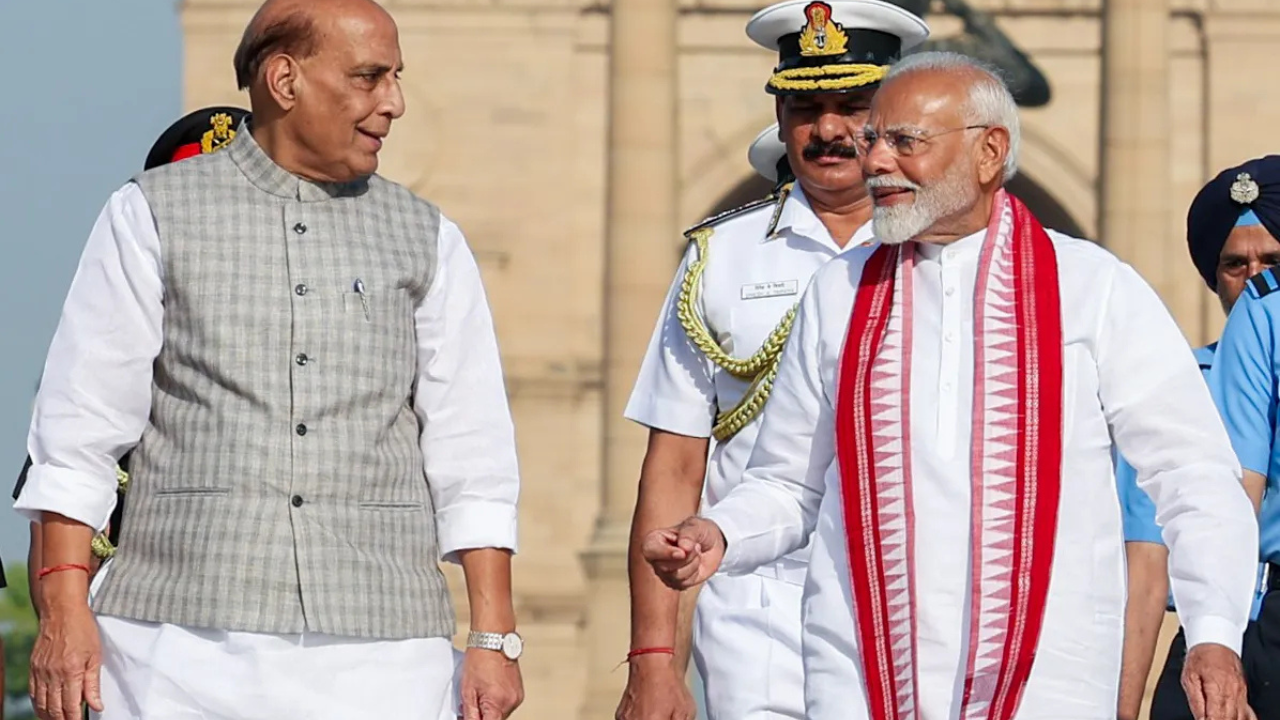 English
English

With both nations agreeing to restore patrolling and grazing rights along the Line of Actual Control, could this signal the turning point in one of the longest-running border stand‐offs?

The agreement builds on recent military and diplomatic talks aimed at resolving disputes.
New Delhi: India’s defence minister described recent bilateral engagement with China as yielding a “broad consensus” to restore traditional ground activities along the LAC. He noted that the consensus covers patrols and grazing rights in areas where the standoff had disrupted long-standing practices. Continuous dialogue between the two sides, both military and diplomatic, was credited for the breakthrough.
According to the minister, the agreement will allow Indian forces to resume patrolling in sectors like Depsang and Demchok and to access traditional grazing lands that were sealed off during the confrontation. The ground situation restoration is framed around “equal and mutual security” principles, signalling a shift from purely confrontation-based standoffs.
China Extends Visa-Free Entry to France, Adds Sweden, Boosting Tourism and EU Engagement
While the consensus is welcomed, Indian leadership emphasises that full normalisation depends on action on the ground and rebuilding trust. External Affairs Minister S. Jaishankar clarified that although disengagement has proceeded, real de-escalation will require sustained verification and reciprocal moves. Analysts note that the 2020 clashes and years of high troop deployment have left a deep trust deficit. Even as frameworks are revived, implementation remains key.
Bihar Elections: Rahul Gandhi promises ‘Made in Bihar’ over ‘Made in China’ in Begusarai rally
This development matters not only for border management but also for overall bilateral ties between the two neighbours. Progress on the LAC issue could pave the way for deeper cooperation in trade, regional security and infrastructure. However, observers caution that without concrete steps and monitoring, the consensus risks remaining symbolic. The fact that both sides are publicly acknowledging progress suggests a change in tone if not yet a transformation.
India and China have signalled a willingness to translate talk into action. The focus will now shift to monitoring whether patrols restore status quo ante and whether grazing and access rights are truly re-established. For New Delhi, the challenge remains to convert the consensus into durable peace rather than a temporary lull. Until forces are fully drawn back and traditional activities are visibly resumed, the border will remain an arena of vigilance rather than calm.
No related posts found.